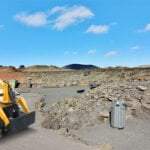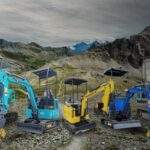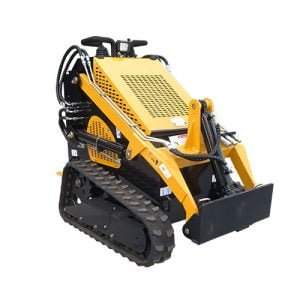From Fields to Sky: Exploring the Benefits of Agriculture Drone Technology
Introduction
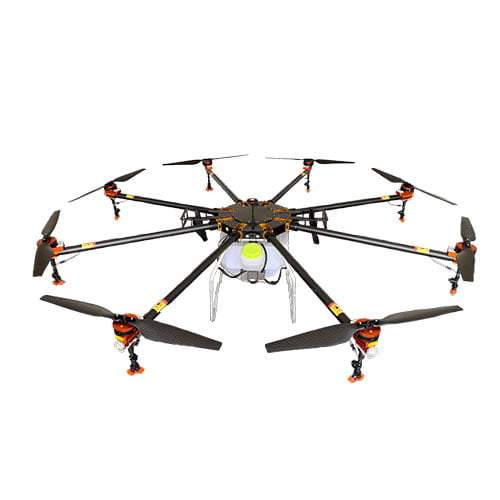
Agriculture, one of humanity’s oldest practices, has always been a dynamic field, adapting to the ever-changing needs of society. However, in recent years, it has undergone a profound transformation propelled by advancements in technology. Among these innovations, the emergence of drone technology stands out as a game-changer in modern agriculture.
Gone are the days when drones were merely seen as recreational gadgets or tools for aerial photography. Today, they have evolved into sophisticated instruments with the potential to revolutionize farming practices worldwide. These unmanned aerial vehicles, equipped with state-of-the-art sensors, cameras, and data processing capabilities, are reshaping the agricultural landscape in ways previously unimaginable.
The Rise of Drones
Agriculture drones, also known as UAVs (Unmanned Aerial Vehicles), are revolutionizing farming practices worldwide. These compact flying machines equipped with advanced sensors and imaging technology are redefining precision agriculture. Let’s explore their diverse applications:
- Field Mapping and Surveying: Agriculture drones can swiftly survey vast expanses of farmland, providing detailed maps for soil analysis, crop health assessment, and irrigation planning. Their high-resolution cameras and sensors capture valuable data, enabling farmers to make informed decisions.
- Crop Monitoring and Management: With agriculture drones, farmers can monitor crop growth, detect diseases, and assess overall health more efficiently. These drones equipped with multispectral and thermal cameras can identify crop stress factors early on, facilitating timely intervention and optimizing yield.
- Pest and Disease Control: Drones equipped with infrared technology can detect variations in crop temperature, indicating potential pest infestations or disease outbreaks. This early detection enables targeted pesticide application, reducing chemical usage and minimizing environmental impact.
The Advantages of Agriculture Drone Technology
The adoption of drone offers numerous benefits to farmers and the agricultural industry as a whole:
- Increased Efficiency: Drones can cover large areas of farmland in a fraction of the time it takes traditional methods, significantly boosting operational efficiency.
- Cost Savings: By providing precise data on crop health, soil conditions, and irrigation needs, drones help farmers optimize resource allocation, leading to cost savings in water, fertilizers, and pesticides.
- Environmental Sustainability: Precision application of inputs minimizes wastage and environmental pollution, promoting sustainable farming practices.
- Data-Driven Decision Making: The wealth of data collected by agriculture drones empowers farmers to make data-driven decisions, resulting in improved productivity and profitability.
Applications in Precision Agriculture
Agriculture drones are versatile tools with applications across various stages of the farming process:
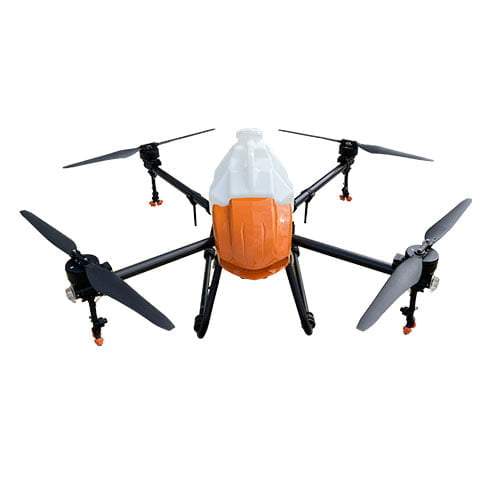
| Application | Description |
|---|---|
| Soil Analysis | Assessing soil composition, moisture levels, and nutrient content for optimal crop management. |
| Crop Health Monitoring | Identifying areas of crop stress, disease outbreaks, or pest infestations for timely intervention. |
| Irrigation Management | Mapping soil moisture levels to optimize irrigation schedules and conserve water resources. |
| Crop Spraying | Precision application of fertilizers, pesticides, and herbicides to minimize wastage and environmental impact. |
| Yield Prediction | Analyzing historical data and current conditions to forecast crop yields and plan harvesting activities. |
FAQ (Frequently Asked Questions)
Q: Are agriculture drones expensive to operate?
A: While the initial investment in agriculture drone technology may seem high, the long-term benefits in terms of increased efficiency and cost savings outweigh the costs.
Q: What are the regulatory considerations for using agriculture drones?
A: Farmers must adhere to regulations governing drone operation, including licensing requirements, flight restrictions, and privacy concerns.
Q: Can agriculture drones operate autonomously?
A: Yes, many agriculture drones are equipped with autonomous flight capabilities, allowing them to follow pre-programmed flight paths and perform designated tasks with minimal human intervention.
Conclusion
In the ever-evolving landscape of agriculture, the integration of drone technology represents not just a milestone but a paradigm shift. The adoption of agriculture drones signifies a departure from traditional farming methods towards a future defined by innovation, efficiency, and sustainability.
With the capability to gather real-time data and insights from fields, agriculture drones empower farmers to make informed decisions with unprecedented precision. From identifying crop health issues to optimizing irrigation schedules, these aerial platforms offer a level of operational intelligence that was once unimaginable.
Moreover, the benefits extend beyond individual farm operations to encompass the broader agricultural industry. By maximizing resource utilization and minimizing environmental impact, agriculture drones contribute to a more sustainable and eco-friendly approach to food production. This not only ensures the long-term viability of farming practices but also addresses pressing global challenges such as food security and climate change.
As we gaze into the future of agriculture, it becomes evident that the potential of drone technology is boundless. From increasing productivity and profitability to promoting environmental stewardship, drones have become indispensable tools for farmers worldwide. And as technology continues to evolve and innovations emerge, the sky’s the limit for the transformative impact of agriculture drones on the future of farming.

